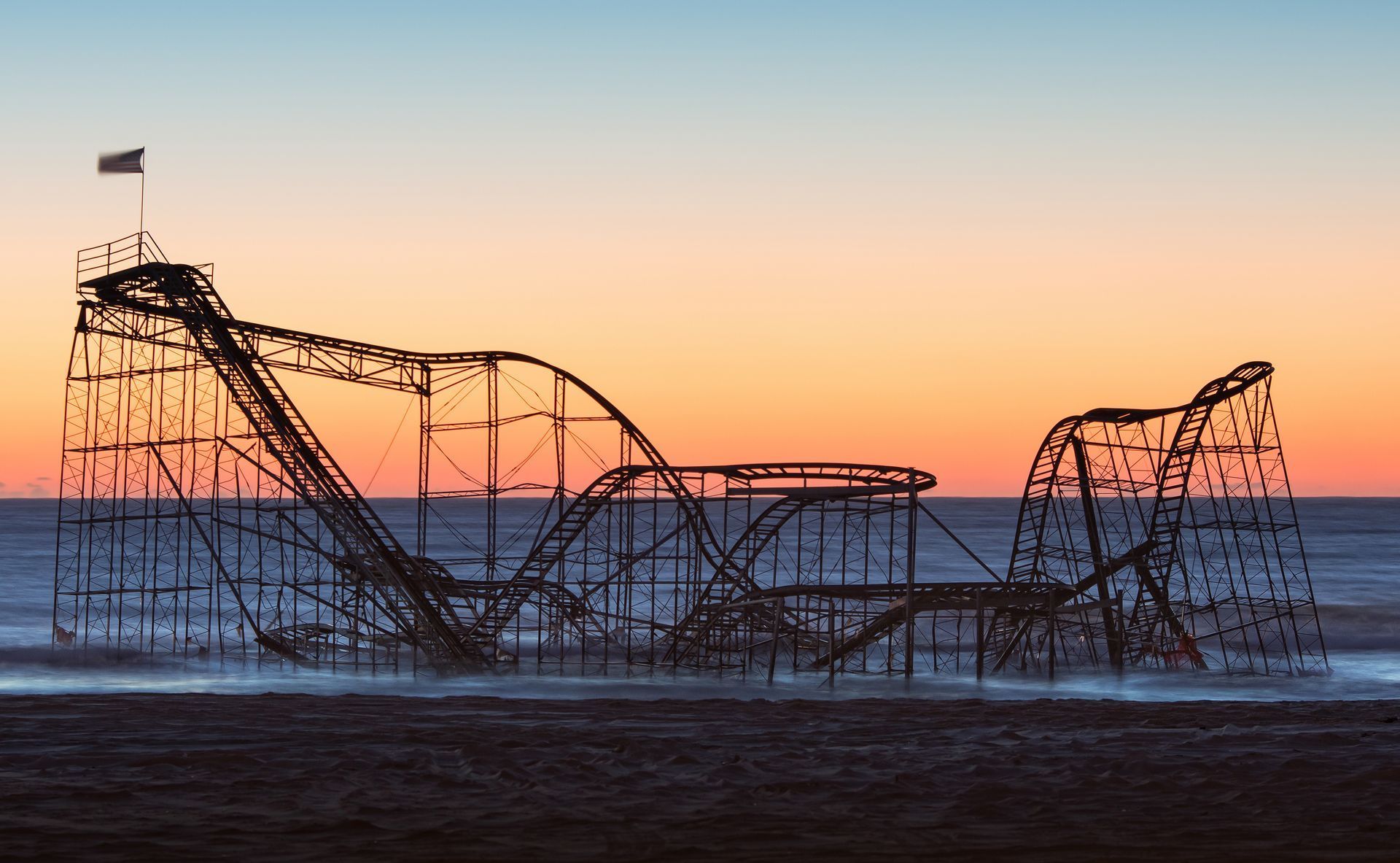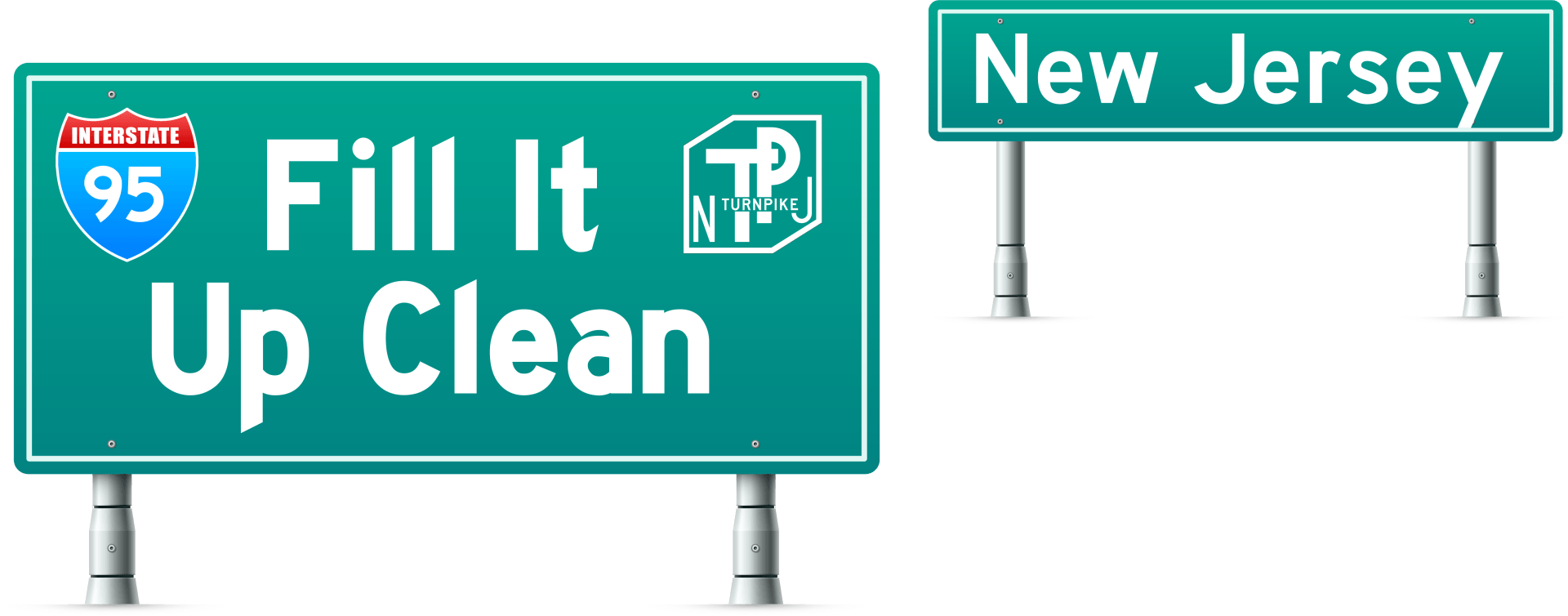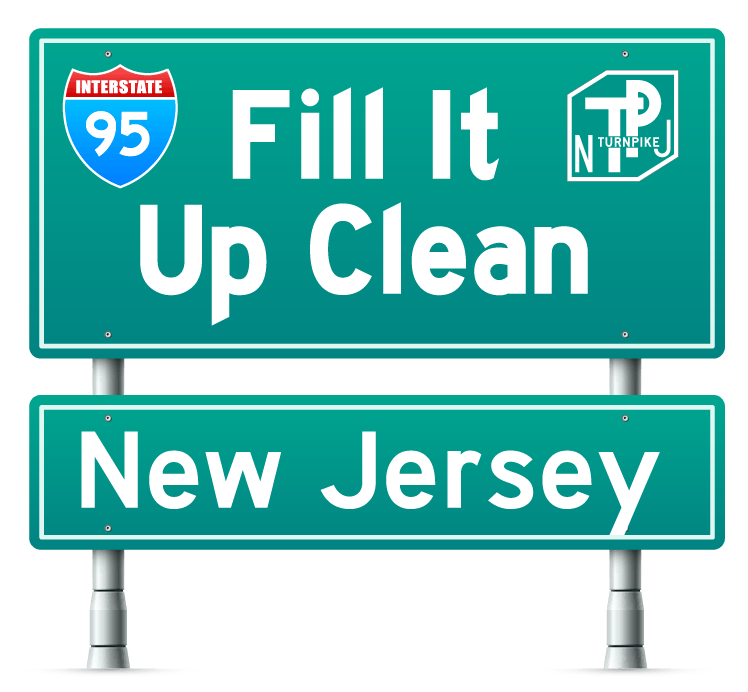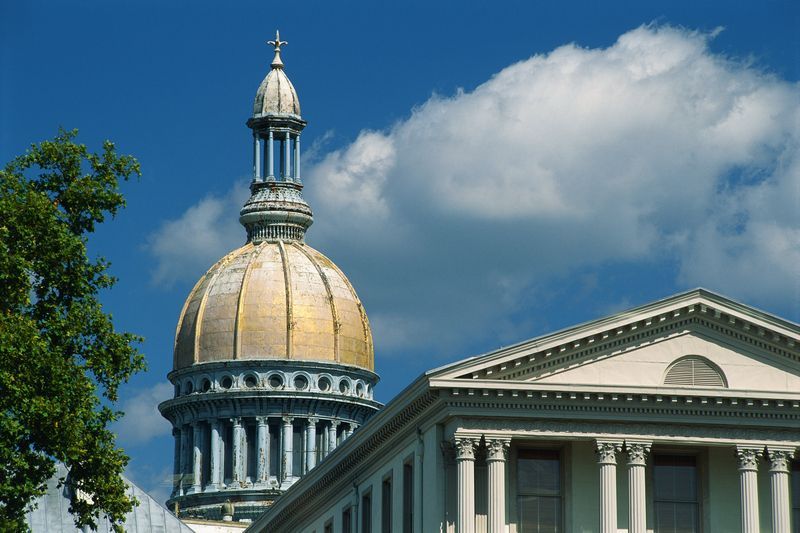It's Peak Hurricane Season In New Jersey
Is It Going To Be Another Of "Those" Years?

Now that it's after Labor Day, do you know where your go bag is? Have you stocked up on sand bags, plywood, and other emergency supplies? If not, you should probably head over to your local hardware store to buy them sooner than later.
Mother Nature is ready to rumble so you want to be prepared. And stay out of the water no matter how much cruising to the Jersey Shore tempts you, especially with temps hitting the triple digits lately around southern Jersey.
We're in the midst of the peak months of this year's Atlantic hurricane season, with September 10th its official height. An unusually active August this year could set the stage for a more tumultuous September and October when the numbers and intensity of storms typically increase.
In mid-August, four named storms reared their ugly heads within 48 hours. At month's end, there were 11. Only eight seasons in the past 100 years have seen so much activity in such a short span of time. Those include 2005 with Hurricane Katrina, 2020 with a record 30 named storms, and 2021 with Hurricane Ida.
Hurricane Idalia started brewing on August 29, 10 days earlier than a normal third storm of the season, bringing on crazy winds, frightening storm surges, and destructive flooding before it roared out to sea.
High Ocean Temps Provide Rocket Fuel For Hurricanes
Earlier this year, the National Ocean and Atmospheric Administration predicted we'd have an "average" season back in May. That, however, happened before the Atlantic turned into a giant hot tub down off Florida with record-breaking triple-digit water temperatures, essentially rocket fuel for tropical storms and hurricanes.
By August 10, hurricane forecasters upgraded their original prediction to "above normal." There's now a 60% chance of such a season, compared to the 30% they originally forecasted. They're currently banking on as many as 21 named storms, up to 11 of which will turn into hurricanes, up to five of those major ones.
Even off the Jersey Shore in mid-July, waters were abnormally warm abnormally early, hitting nearly 79F in mid-July, 10F above normal. It made Atlantic City feel more like the Outer Banks, which is over 400 miles to its south. In 2022, ocean temperatures were in the 50s well into August.
What Happens Elsewhere Doesn't Always Stay There
But we live in New Jersey. What do we have to worry about if we don't have relatives and friends down south? Plenty.
What happens farther south of us doesn't always stay there. Hurricanes Sandy and Ida are prime examples of how massive these storms have become as climate change has worsened and the planet's oceans have gotten warmer. We could easily get slammed by the same extreme weather wreaking havoc hundreds or thousands of miles away.
It's isn't the Miami-Fort Lauderdale metro area that ranks first nationwide for greatest risk for storm surge and hurricane wind damage for 2023, according to CoreLogic, a real estate data analytics firm. It's the New York City-Newark-Jersey City metro that does, with, not surprisingly, Miami in second.
The Roar Of Extreme Weather, Smell Of The Aftermath
As if a Category 5 hurricane barreling down on you, your family, and your home isn't frightening enough, there's an even worse fate to befall you after a major storm hits: The aftermath.
Just one inch of water in an average 2,500 square-foot home could cost you as much $27,000. To clean up a flooded basement, you'd have to shell out from $1,600 to as much $6,900.
To make matters worse, flood insurance and federal disaster relief only cover an estimated 33% of total damages caused by hurricane-related flooding, according to Congressional Budget Office research.
But we don't have to live in perpetual fear of the Atlantic hurricane season. We have the tools to combat the root cause of these massive and increasingly destructive storms.
Play A Penny Ante At The Pump To Beat The House
In Atlantic City, anyone can afford to play the penny ante slots. Adding a penny to switch to renewable fuels in our cars or trucks cuts is an even more affordable bargain when you consider that green gas and diesel cuts up to 80% of harmful climate pollution from vehicles. In New Jersey, where 4.6 billion gallons a year of gasoline and diesel are consumed, think of how much cleaner our air and water would be while improving the odds your home and local community remain safe from the ravages of hurricane season.
Related Stories:
State Tells Ida-Hit Homeowners Forgeddabout Rebuilding
NOAA Forecasters Upgrade Atlantic Hurricane Season To ‘Above Normal’




